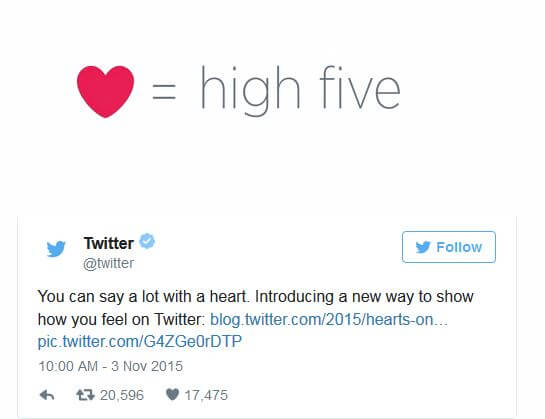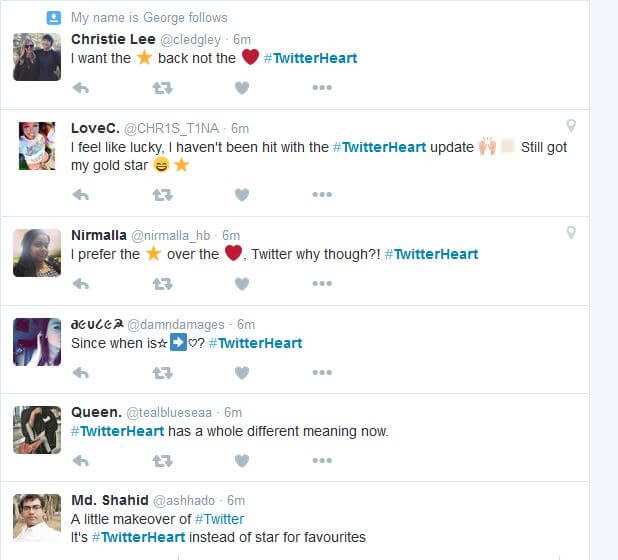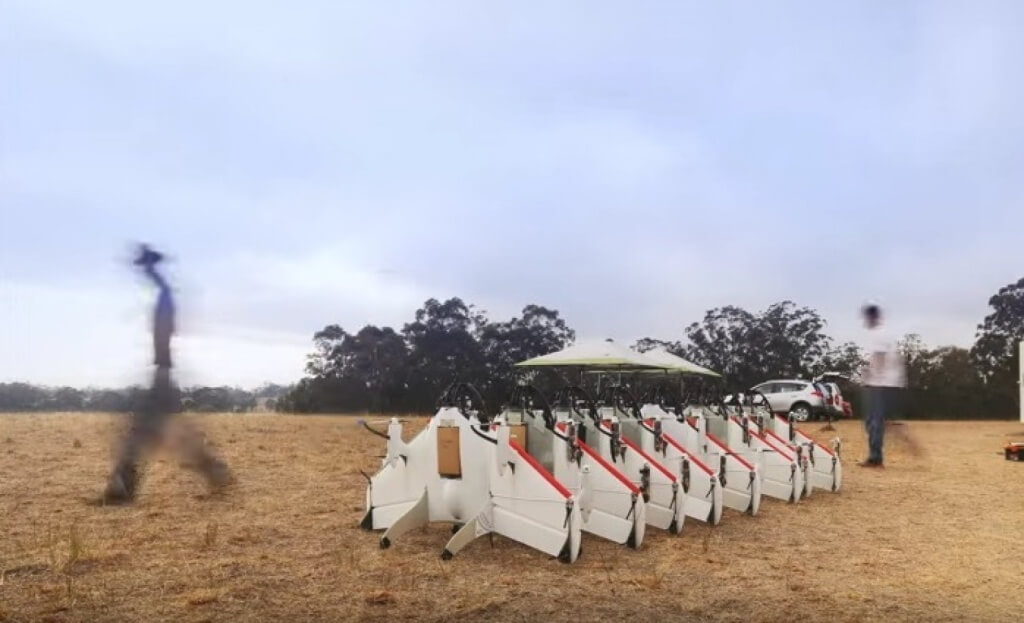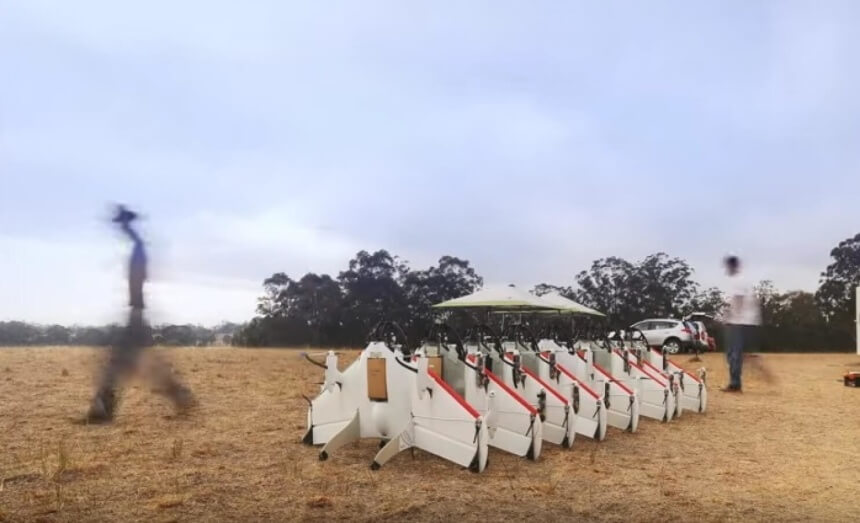#Twitterheart, Google and Amazon get physical
Twitter is breaking hearts with its shift away from the star favorite icon while Google and Amazon move into retail and delivery services – though what company is doing which might surprise you.
Twitter Hearts

Twitter announced the change on Tuesday, shifting the favorite functionality that was represented by a star, and changed it to a heart icon. The hearts will also show up on Vine’s apps and their website, mimicking the functionality on Twitter’s Periscope.
Taking a page from Facebook’s…book, Twitter is calling the hearts ‘Likes’, stating that the star could be confusing, specifically for newcomers. Twitter product manager Akarshan Kumar said in a blog post that people might ‘like a lot of things, but not everything can be your favorite’.“The heart, in contrast, is a universal symbol that resonates across languages, cultures, and time zones. The heart is more expressive, enabling you to convey a range of emotions and easily connect with people. And in our tests, we found that people loved it.”
Like any change made by a large social media platform, the ‘star to heart’ shift has quite a few detractors online. One of the more common arguments is that favorite never really meant favorite – it was more ‘I agree’ or ‘Let’s politely end the conversation here’. Others say that the Like functionality has the same problem it had on Facebook – having no neutral or negative emotion means lots of awkwardness around disasters, breakups, and other negative events. Which is part of the reason Facebook began moving away from the Like button in the first place.

Amazon opens a bookstore. Wait, what?
Amazon quietly opened a bookstore in Seattle on Tuesday morning, marking a first for the 20-year-old e-commerce giant. The store, aptly titled ‘Amazon Books’, is similar to the competition that it succeeded in beating for years due to the savings they got by *not* having brick and mortar locations. Their wood shelves have around 5,000 titles, mostly best-sellers and Amazon.com customer favorites.
Amazon has a serious edge when it comes to stocking those shelves though – reams (no pun intended) of data on book lovers, specifically from that area of Seattle, providing a hyper-targeted local experience for shoppers. This data-driven model isn’t just about helping shoppers find exactly the kind of books they’re looking for, it also solves the problem of unsold books just sitting on shelves, taking up valuable real estate.
Jennifer Cast, VP of Amazon Books, is aware that data isn’t everything however, and has said the store won’t be solely stocked on analytics. “It’s data with heart,” she said. “We’re taking the data we have and we’re creating physical places with it.”
Amazon is charging the same price in their store as they do online.
Google Planning Drone Delivery

Google is testing a drone delivery service in Australia, called Project Wing, where it was sending local farmers everything from a first aid kit to candy bars.
At a Washington conference on Monday, Google announced they were hoping to field a commercial service by 2017. It hasn’t confirmed where the service would launch, but, in the US, the company has been pushing for clear new rules for commercial drones. While large scale drone delivery seems unlikely at the moment, the technology is moving so fast and getting so cheap that clearly Google sees value in it.
Check out the AI that an MIT student developed, showing how an automated drone can automatically avoid any obstacles in its path – then imagine it delivering you a pair of socks.
Contact DAC today to find out more!




